For the first time in plastic the Atchison, Topeka & Santa Fe Ry.’s rebuilt pair of Budd Rail Diesel Cars (RDCs) are available in HO scale from Rapido Trains. The models aren’t merely decorated in warbonnet paint but are superdetailed to match their unique prototypes. We reviewed a DC-only version of a Rapido HO scale Budd RDC-1 in the July 2018 issue. Our ATSF review sample includes a dual-mode ESU LokSound that provides sounds produced from prototype recordings on both Digital Command Control (DCC) and direct-current (DC) layouts.
The prototype. The Budd Co. built 398 RDCs between 1949 and 1962. Powered by a pair of diesel engines, the self-propelled cars were used primarily for urban commuter service and passenger service in low-traffic, rural areas.
The ATSF received its only two RDCs, RDC-1s DC-191 and 192, in 1952. The cars operated as a paired set between Los Angeles and San Diego. After a 1956 derailment, the RDCs were rebuilt and returned to service in 1957. Both cars were upgraded and repainted with one end receiving a red-and-yellow scheme.
DC-191 remained a coach while DC-192 became a baggage/36-foot combine. The rebuilt cars served the line between Newton and Dodge City, Kan., until 1965. They were then transferred to the El Pasoan, running between El Paso, Texas, and Albuquerque, N.M., until 1968. The cars were then stored, and eventually sold in 1970. DC-191 is currently being restored at the Orange Empire Museum in California.
The model. The Rapido RDC’s dimensions match those of a prototype RDC drawing published in the September 1953 Model Railroader. The molded details match photos of the rebuilt prototypes, including the end steps. The plated- over windows and position of the baggage door on DC-192 is also accurate.Windshield wipers, horns, vestibule chains, and all grab irons are factory applied. The rooftop radiator and fan screens are made of etched metal.
The underframe is completely detailed with every pipe, tank, and other component represented. The truck sideframes depict the upgraded versions added after the 1956-57 rebuild.
The body shell is smoothly painted to realistically simulate stainless steel. The trucks and most of the underframe are a different shade of silver that accurately simulates silver-painted, rather than stainless steel, parts. All lettering and striping matches prototype photos.
Under the shell. After removing both coupler boxes, I used a thin scrap of styrene to disengage four locking tabs between the body shell and car chassis. The tabs are located at each truck. Then I carefully wiggled the shell at each end until I was able to lift it off. Don’t be tempted to pull on the trucks, as this can permanently damage the model.
The interior floor is a die-cast metal weight painted gray. The partitions are separately applied and painted plastic parts. The seats are especially well done; they’re painted blue with white antimacassar detail. There are no figures, but they would be easy for a modeler to add.
Each truck is powered by a flywheel-equipped motor covered by a plastic housing on the car floor. When the body shell is in place, the housings are concealed from view.
Attached to the interior partitions, the main printed-circuit (PC) board is concealed under the car ceiling. On our DCC equipped sample, the ESU LokSound decoder is plugged into a 21-pin socket on top of the PC board, as is a flat, cell-phone-style speaker.
Lighting is provided by light-emitting diodes (LEDs). The interior lighting and side numberboards are controlled by a latching reed switch on the main PC board. To turn these lights on or off, I simply waved the included Rapido Lighter (essentially a magnet on a plastic stick) over the front of the car.
DCC operation. The performance chart above is for a single car. Both 191 and 192 achieved identical results and accelerated smoothly to scale 83 mph, which is close to the prototype’s top speed.
After programming both cars’ addresses to their specific locomotive number, I advanced consisted them to run back to back, just like their prototypes. The models ran smoothly without any additional speed matching required. The consist speeds were identical to those of the single-car tests.
The printed instruction manual included with the set lists some DCC programming tips. For a more extensive decoder guide as well as links to free LokProgrammer software, visit the ESU website at www.esu.eu/en.
Note that there is no drawbar pull test data. The Rapido Budd car mechanism isn’t designed to pull an unpowered car, and doing so will void the manufacturer’s warranty.
DCC sound and light. Pressing F8 started the diesel engine sounds. In addition to the horn and bell, other user-triggered sound effects include a slow and fast grade crossing signal. The headlights, marker lights, and door-mounted Gyralight are controlled by individual function buttons.
The overall volume and the volume level of each sound effect can be adjusted via CVs. All the functions can also be mapped to any available throttle key.
Two of my favorite features are the function button controlled brake (F4) and straight to 4 (F3). The latter simulates the prototypical practice of the engineer putting the engine into notch 4 (Budd cars had only 4 notches) so that it would accelerate quickly.
DC operation. The instructions warn against running the sound-equipped Budd car using older power packs that are prone to voltage spikes, as this could destroy the model’s electronics. For our DC tests, I ran the model with both an MRC Tech 4 and Bachmann power pack without any problems.
As the charts above show, the model accelerated smoothly on our DC test track. The model has some built-in momentum, which I thought made operation more realistic.
The Budd cars also ran well as a pair throughout the voltage range and were perfectly speed matched out of the box.
In DC, sound effects are limited to the diesel engine. Both the headlights and marker lights operate automatically according to the Budd car’s direction of travel. Note that in paired operation both cars’ markers will be illuminated, which isn’t prototypical.
As of this writing the Rapido Trains RDCs are sold out at the manufacturer, but they are still available at online and brick-and-mortar retailers. Whether you model the Santa Fe or are looking for a Budd Car in another road name, the Rapido Trains RDCs are definitely worth seeking out.
Manufacturer
Rapido Trains
500 Alden Road, Unit 21
Markham, ON L3R 5H5
rapidotrains.com
Era: 1957 to 1968 (as detailed and decorated for ATSF)
Features:
• 33″ blackened metal wheels, in gauge
• All-wheel drive and electrical pickup
• Dual five-pole, skew-wound motors
• Kadee metal knuckle couplers mounted at correct height
• Minimum radius: 18″
• Optional user-applied details
• Simulated stainless-steel finish
• Weight: 10.8 ounces





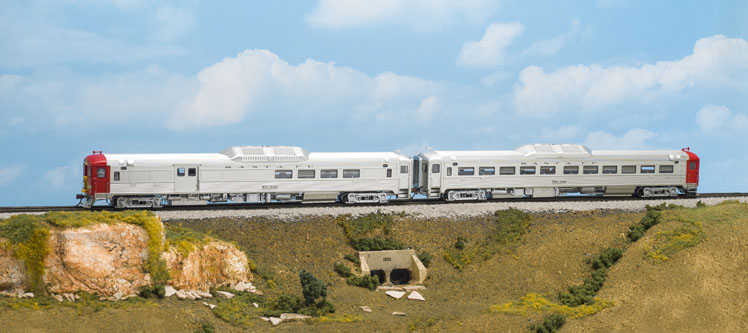

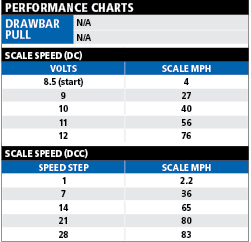

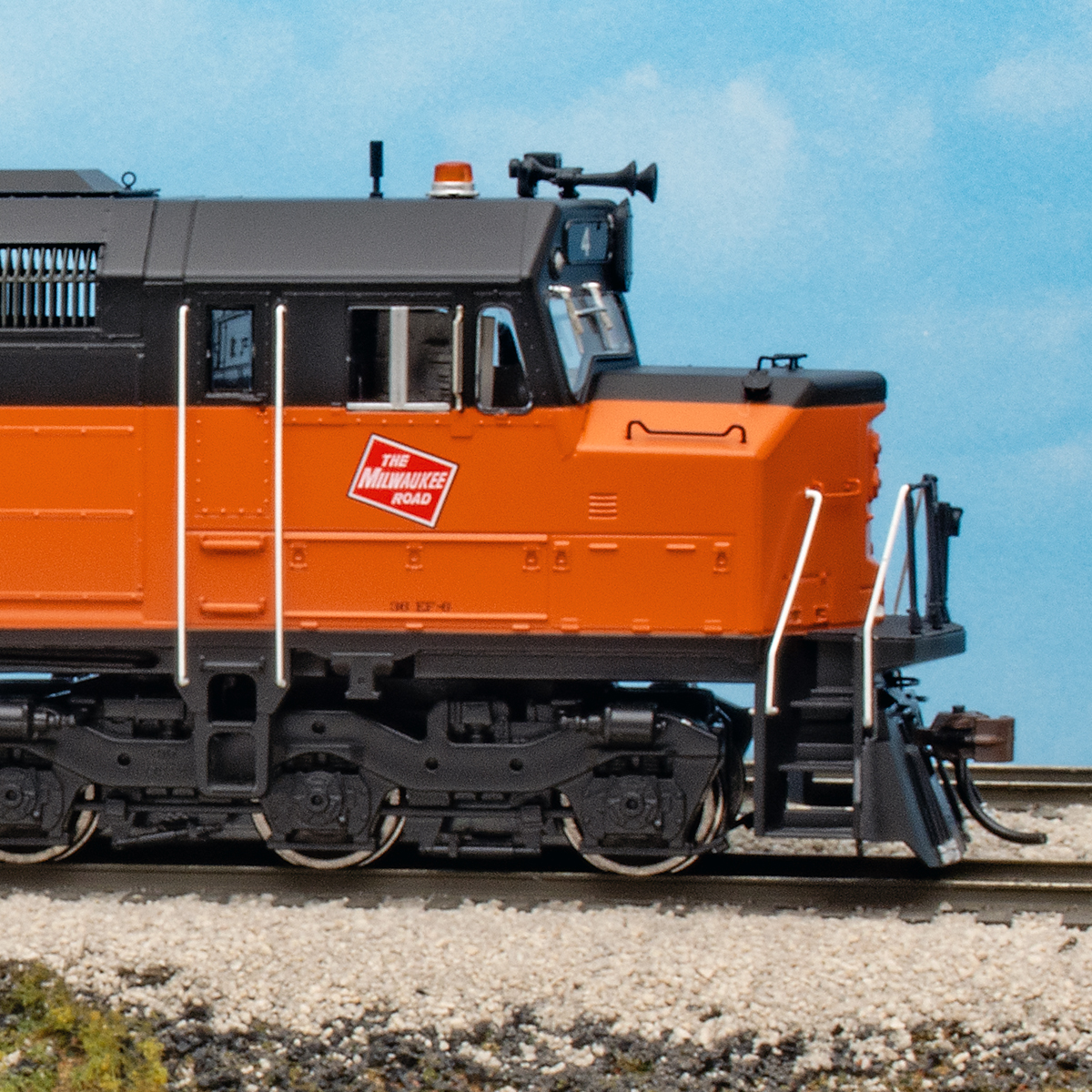
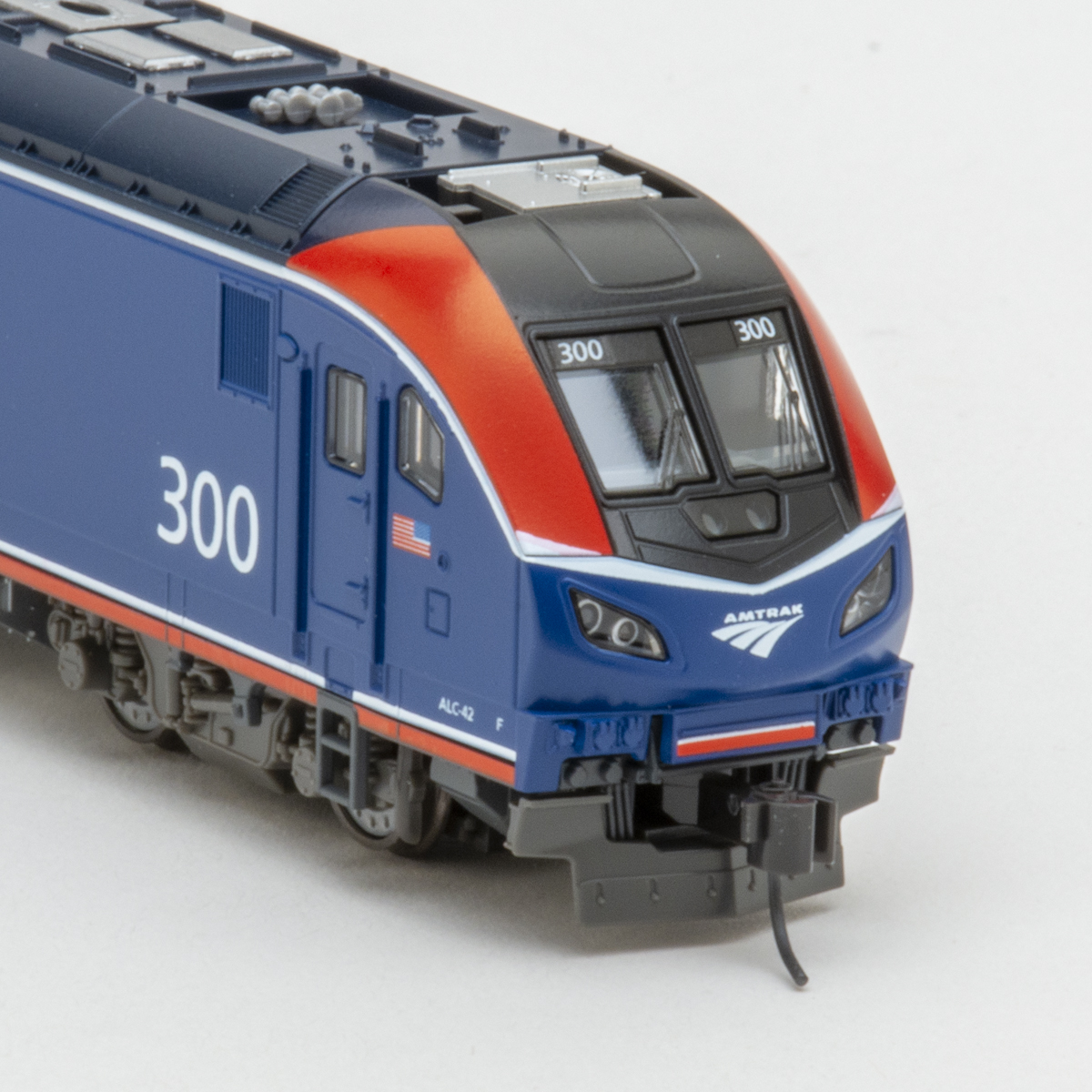
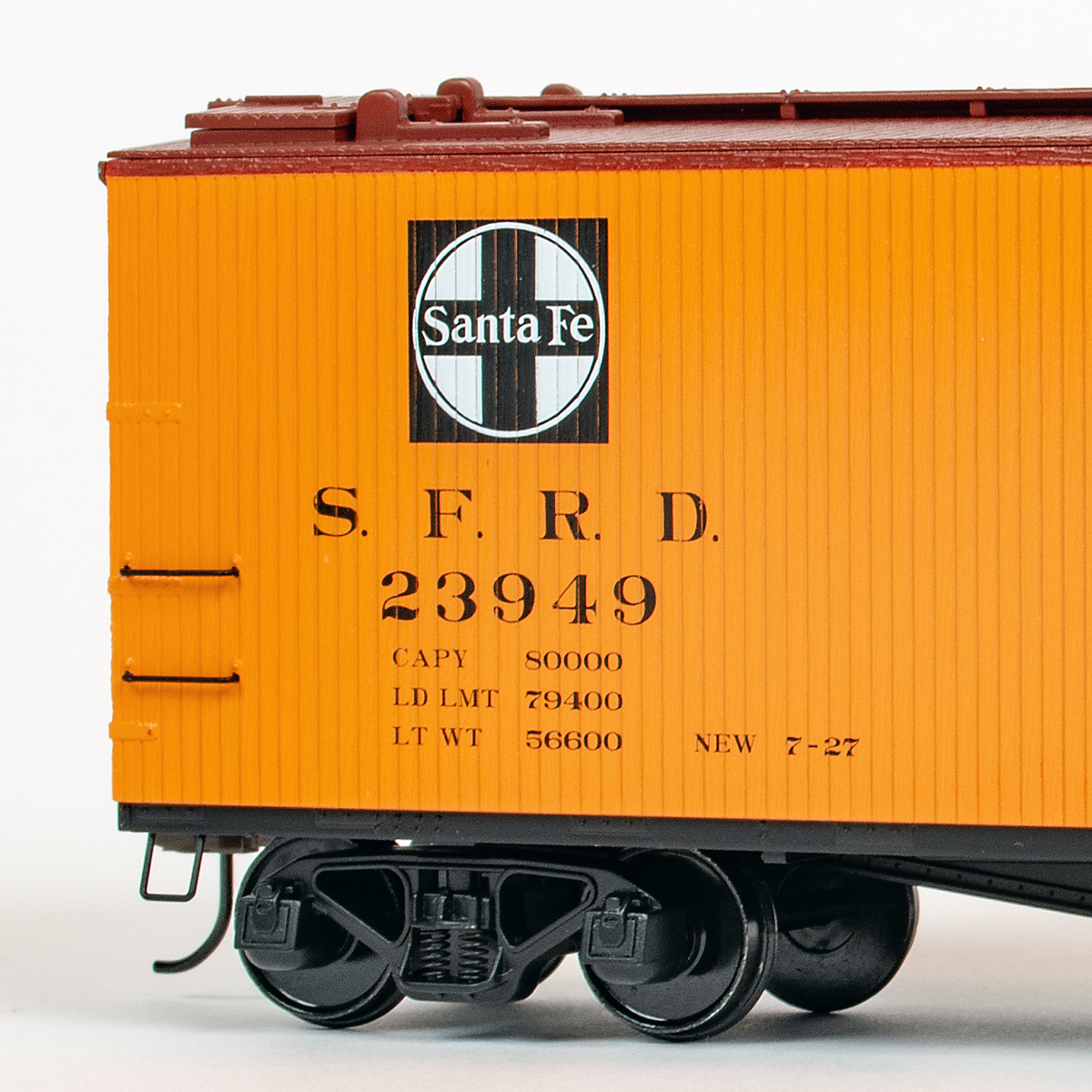
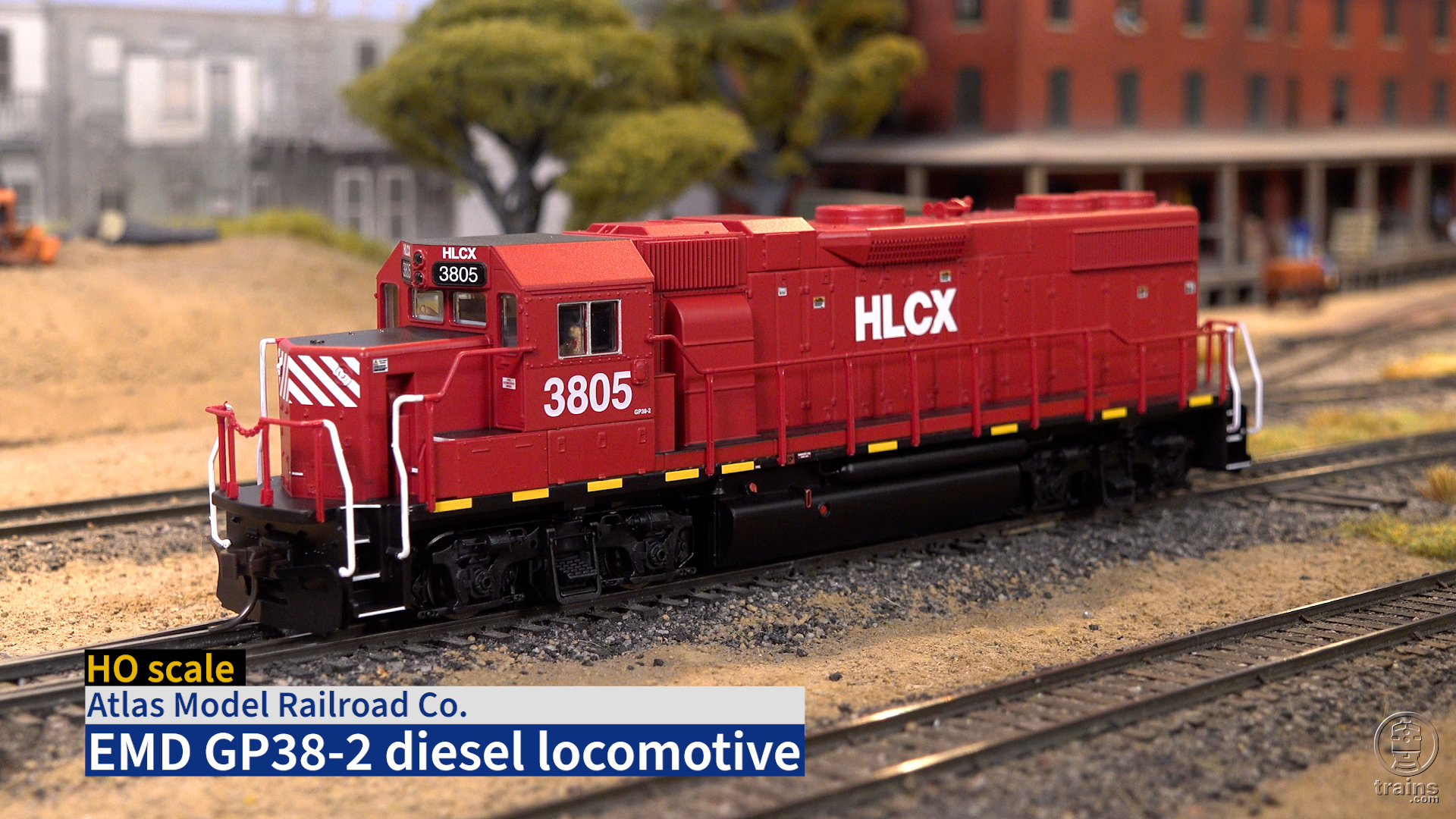




Question folks, which # RDC headed the consist: #191 or 3192. I have been contradicted on both arrangements.
I appreciate your input now that I have received these fine Rapido models.
Regards,
Juan José Rodríguez S.